Low-growing tomato varieties
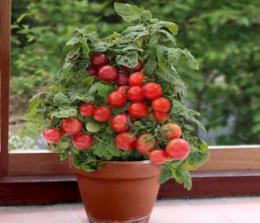
Tomatoes come in very different heights; there are tall varieties, short varieties, and there are also intermediate varieties that reach a height of about one and a half meters. You can find out more about the types of growth of tomatoes. Here. Low-growing varieties of tomatoes today are presented in huge quantities, depending on climatic conditions, you can choose the most suitable varieties.
Content:
Low growing varieties
The most successful, according to many summer residents, are the following varieties:
- "Banana red";
- "La-la-fa F1";
- "Lyana and Sanka";
- "Pink honey"
Today, many manufacturers have begun to create low-growing tomato varieties that are intended for growing in open ground in the regions of Siberia and the North-West. Among them are varieties such as “Polar”, “Snowdrop”, “Taimyr”, “Winter Cherry”, “Bullfinch”. These varieties were created taking into account the climatic conditions of these zones; they retain the ability to bear fruit even after sudden spring frosts and in poor lighting.
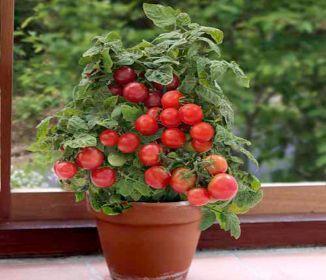
The largest fruits of the listed varieties can be obtained from the “Bullfinch” variety; such tomatoes can weigh up to 180 grams, which is quite decent for the northern territories. The “Winter Cherry” variety is famous for its very sweet fruits, and the height of the bush reaches only 30 cm.
In central Russia, the most popular varieties are Boni-M, Betta, Arktika, and Gavrosh. The “Boni-M” and “Betta” varieties can be grown without seedlings, but simply sow the seeds directly into the ground.These varieties do not require staking, are unpretentious, and begin to bear fruit after 80 days.
Features of cultivation
When growing low-growing tomato varieties, you must follow the following rules:
- seeds for seedlings are planted at the end of April;
- the bed is watered abundantly before planting seedlings;
- fertilizing with fertilizers during the growing season of tomatoes is excluded.
Oddly enough, many gardeners think that tomatoes can easily tolerate planting with an open root system. But when you buy frail, elongated seedlings at the markets, and even with bare roots, you cannot count on success. Such plants certainly do not care about harvesting, just to survive. Those seedlings whose roots are not disturbed will be much stronger.
Try sowing the seeds of low-growing tomatoes directly into the ground at the end of April - beginning of May, and plant the purchased ones next to them. It is guaranteed that your tomatoes from seeds will not only catch up with them in growth, but will also begin to bear fruit a week (or maybe two) earlier.
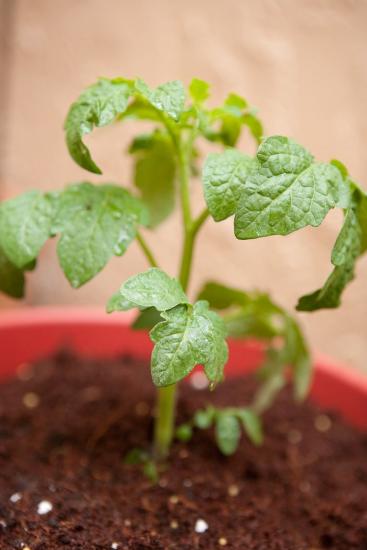
Seeds Before planting, prepare it like this. It is preferable to take rain or melt water. It is heated to approximately 60 degrees. Pour seeds into it and mix. All seeds that float must be removed - they will not sprout. Then the seeds are left in water under the lid until they cool. Then it is good (but not at all necessary) to add stimulants - EPIN, SILK, humates - to the water for 3 hours.
The seeds are then dried until they flow. Sow in compacted holes or furrows. Many people sprinkle soil to the height of three seeds, but it is better to sprinkle with sand or compost. Watering with a jet is strictly prohibited! All your work will be washed away along with the seeds. At first it is best to moisten with a spray bottle, and then only with a watering can.
The top of the crops can be covered with film. But this is if the spring turned out to be cold.In general, all artificially created conditions are terribly labor-intensive, so we must strive to make everything as simple as possible, without unnecessary effort. So, if you covered it with film, monitor the daytime temperatures in the greenhouse so as not to cook your pets. During the day, the greenhouse may overheat in the sun.
On a note
Saplings of low-growing tomatoes are formed into 4-5 stems; the bushes need to be supported with stakes. Keep an eye on the lower leaves. They must be torn off so that they do not touch the ground. This way, fewer parasitic fungi will move onto the bush, and ventilation improves. According to Mittlider, every week a leaf is removed from below.
About the need stepsons It’s impossible to say for sure. There are varieties that are abundantly overgrown with stepsons, which are also recommended to be pinched generously. And there are varieties in which even the stepsons produce a harvest. But more often, low-growing bushes are crowned, so their growth is limited.
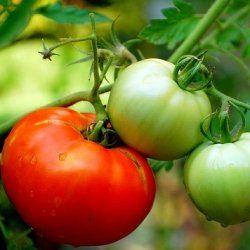
There are also no clear recommendations regarding the number of fruits in a cluster. One thing is clear - all the power of the hand is distributed to the fruit. Therefore, the size of the fruit can also be adjusted by removing some of the fruit from the tip of the brush. For large-fruited varieties, it is better to leave four fruits.
For uniform and strong pouring of the second and further brushes, it is better to remove brown tomatoes from the first brush. Let them finish cooking on the windowsill. After harvesting from the first cluster, the bushes must be thoroughly watered with warm, settled water.
Having carefully examined the varieties and become familiar with the peculiarities of their cultivation, it will be easy for you to choose low-growing tomatoes for your garden. They do not have such a violent character as indeterminate (liana-shaped) tomatoes; they grow and bear fruit well.You may find our short notes on forming bushes, pinching and adjusting the number of fruits in a cluster useful. Good luck!

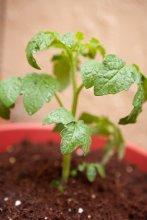
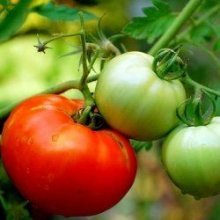
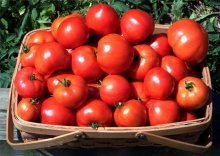
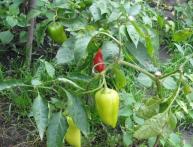



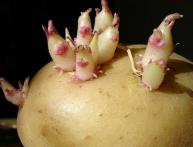
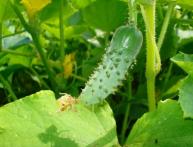
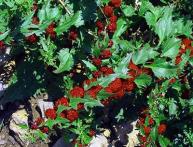
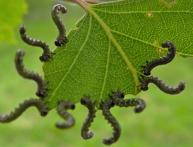
Comments
I also always “regulate” this way - if I want to get large fruits, then I generally leave 2-3 stems. And on those bushes that I don’t pinch and don’t pinch, a lot of small fruits grow.
I've always done this. This method of growing large-fruited tomatoes is very effective. But if I rely on conservation, then I don’t remove the stems or prune them. The tomatoes turn out to be small, but the most suitable option for seaming.